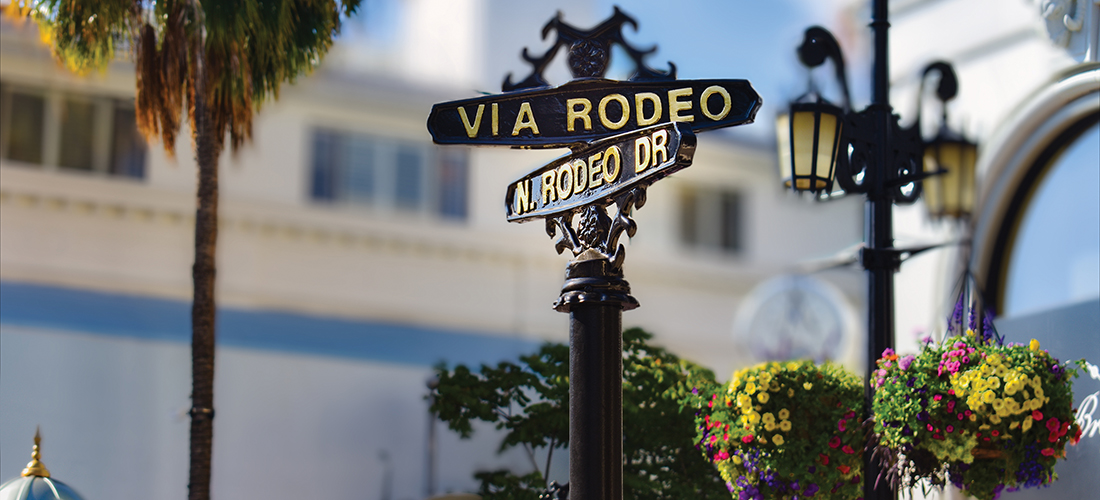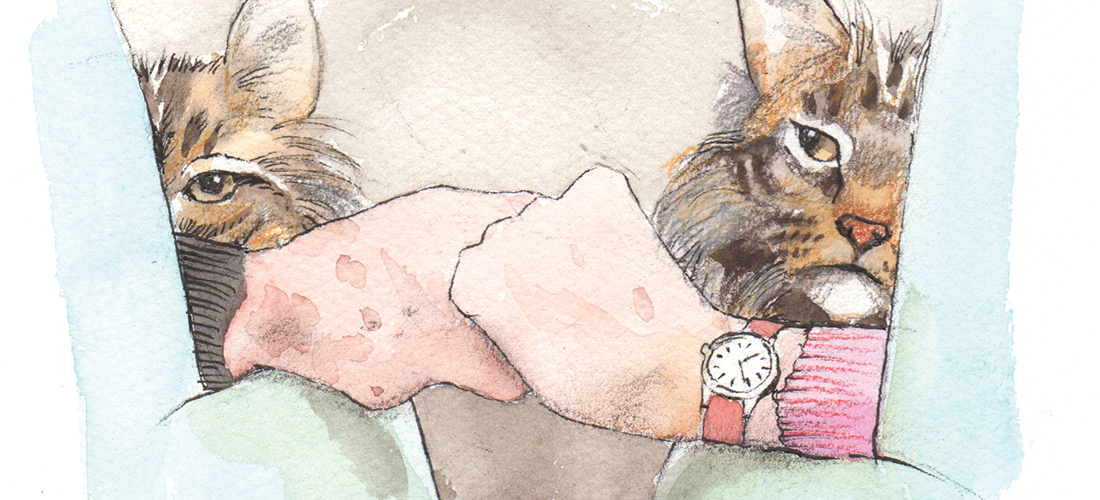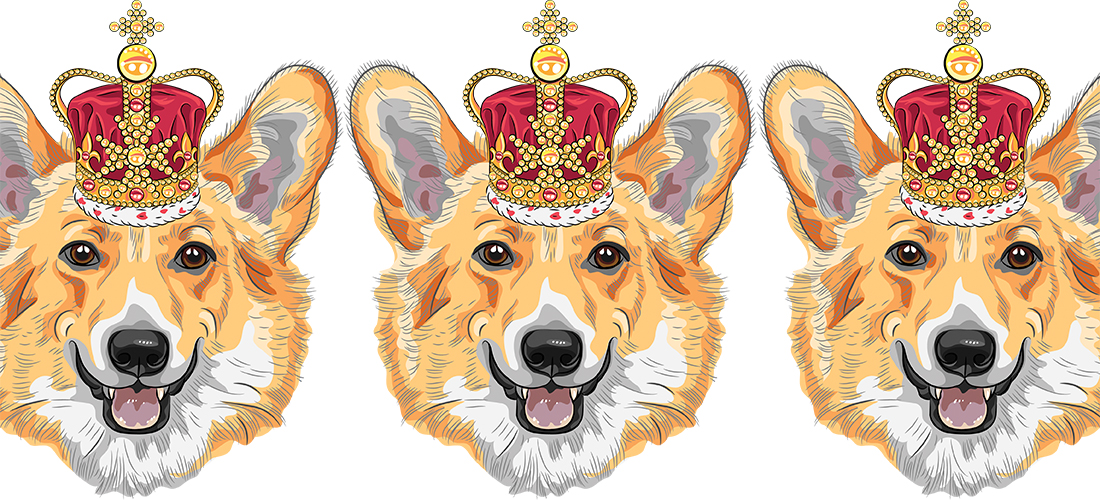Home by Design
Travels With Mom
Art — like beauty and stars — is in the eye of the beholder
By Cynthia Adams
Nobody in our town, nicknamed Hell’s Half Acre, talked or thought about it. They talked about the price of soybeans. We didn’t need to think about art.
Art was unambiguous; what an artist friend calls “accessible.” Artwork matched the sofa and rugs, usually purchased in the same place.
Only Ruth, my mother’s friend, owned actual art. Hell’s Half Acre’s sole sophisticate chose abstracts, not the matadors and tearful clowns that dominated other homes.
For this, Ruth aroused quiet suspicion.
With flair matching her Julie Christie looks, she knitted plum and pink throws when everyone else chose ugly avocado greens, browns and harvest golds that matched their kitchen appliances.
During European summer study with a group of teens and art teachers, I discovered that art actually provoked something. Seeing. Thinking.
Soon after Ruth lost a battle with cancer, my mother struggled with the same. Post-surgery, she chose a trip to a place where she hoped to see stars lolling around crap tables. Mom didn’t dream of seeing great art or cities. She wanted to “do Vegas.”
Steve Tesich quipped in a review of Larry McMurtry’s Desert Rose he hoped the desert would take Las Vegas back. Me, too! Let the sand swallow it — the gaudy flash, splash and obsession with cash.
In Vegas, Mom showed remarkable stamina for a cancer survivor. The first evening, we sat at a one-armed bandit while downing Bloody Marys. Light headed with booze, I jumped as the machine erupted in explosive honks.
“You won! How much?” Mom trilled as it spat quarters into a plastic cup.
“I don’t know,” I shrieked. “Too much to count!”
Black streaked my cheeks from touching the filthy lucre and clapping my hands to my face. It was 40 quarters.
Mom played all night; certain she would spot celebrities. Alas, no.
I did encounter art in Vegas when fate returned me to the wasteland the desert would not take back. Mogul Steve Wynn had opened a museum in the Bellagio Hotel.
The (since closed) Guggenheim Hermitage Museum in the Venetian Resort Hotel was mostly void of tourists, however.
And Mom’s health battles continued. Post heart surgery, Mom was deeply depressed. A geographic cure was needed once more.
When an old debt was suddenly repaid, I offered to go wherever the windfall would afford us. She chose Los Angeles.
Great, I thought gloomily. Mom might glimpse a star.
And there was a splendid new Getty.
Day one in Los Angeles was consumed by Mom’s request for a hairdo and my dread of freeway driving.
Day two, a freshly coiffed Mom could not comprehend my desire to see the Getty. I tried to sell her on its cinematic views of Tinseltown. Soon after arriving, Mom shrugged off the museum. I found her on an outdoor bench staring into space. She waved me off, claiming tiredness.
Yet she magically rebounded when we decamped to Nate ’n Al’s, a Beverly Hills deli once frequented by stars: Doris Day! Tony Curtis! Larry King!
Day three, we refocused on Mom’s idea of a well-spent day. We booked a Gray Line tour, trolling the homes of stars from yesteryear. She loved the guide’s spiel: Hitchcock’s mansion, Lucille Ball’s ranch, Aaron Spelling’s compound.
Steve Martin’s modern home stood apart. Filled with L.A.’s most important private collection, its windows were oriented to protect the art from damaging light. (An embarrassing encounter with Martin years later is a subject for another day.)
We continued star stalking — which had not produced a living celebrity — booking the Dearly Departed tour. Tooling around L.A. in an old hearse, visiting infamous crime scenes, star-soaked stories of overdoses and untimely deaths, we eventually entered the Hollywood Forever cemetery. Within its mausoleum lay Rudolph Valentino and Marilyn Monroe.
Proximity to dead stars was nearly as soul-satisfying for Mom as a brush with a living one. We paid quiet tribute at celebrity gravesites.
A television and film museum had opened near our boutique Beverly Hills hotel, but at the word museum, Mom shuddered.
Instead, we visited Rodeo Drive, where certain retailers employed the Vegas trick of free drinks as a means to lower inhibitions. Giorgio’s on Rodeo, where Mom’s favorite (Elizabeth Taylor!) once shopped, sprinkled fairy dust over us. We sipped champagne and spent money we didn’t have.
Window shopping on Rodeo Drive, Mom exclaimed, was much more thrilling than any museum, her yellow-and-white-striped Giorgio’s bag swinging in time with her excited step.
Weren’t displays of inaccessible, beautiful things also visual art?
Aware at last, I smiled. OH
Cynthia Adams is a contributing editor
to O.Henry.



